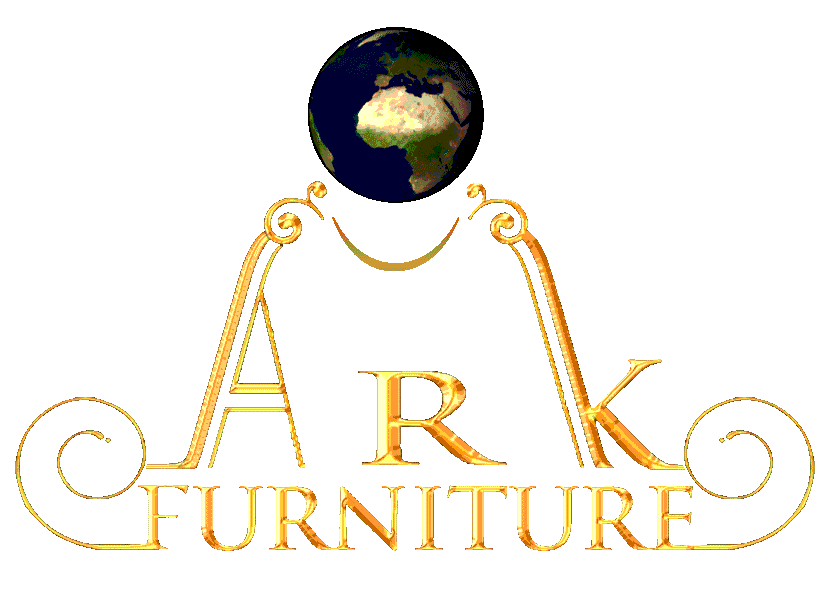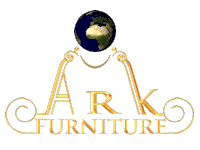New Secretary Product
Secretary of the Italian civilization A secretary in the form of a wine barrel from the Italian heritage in the era of Leonardo da Vinci and his school in teaching artists ancient manual drawing with the addition of opening methods by phone or touch Made by the most skilled craftsmen – This item is inspired by Italian palaces and ancient Italian classic art – Natural wooden structure with the addition of all engraving works on wood, resin, environmentally friendly paints and manual oil...

